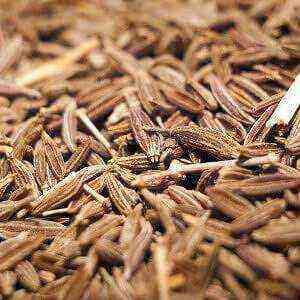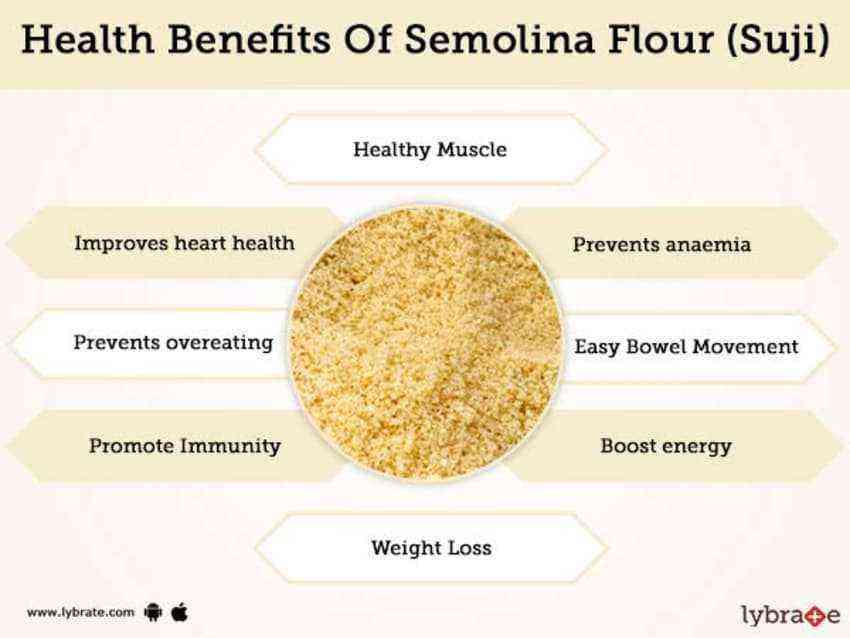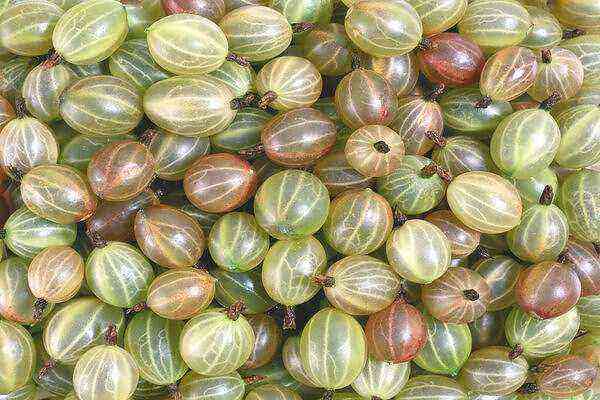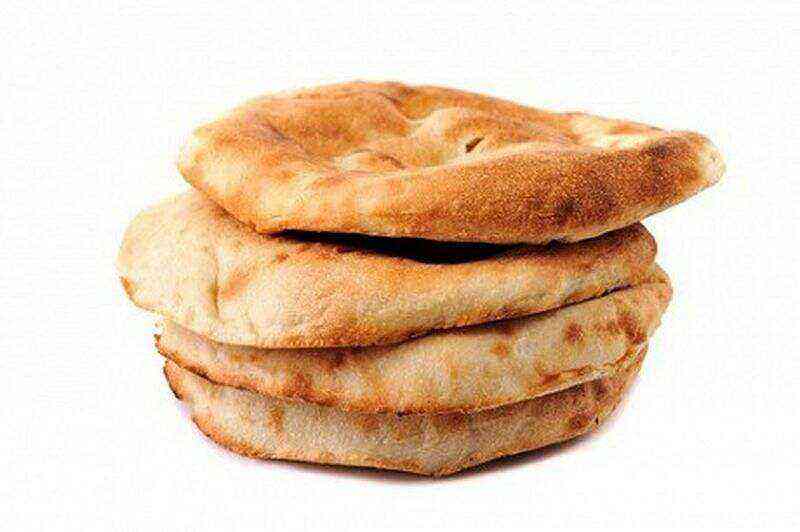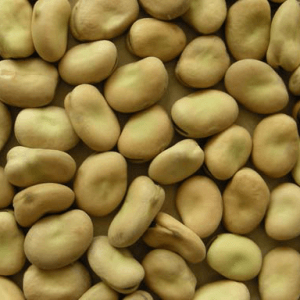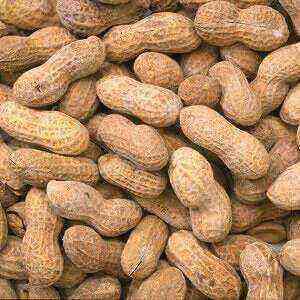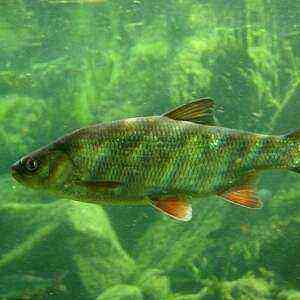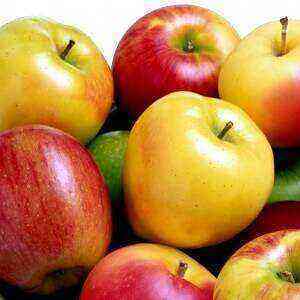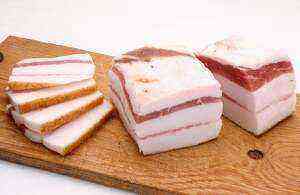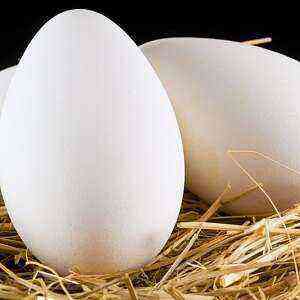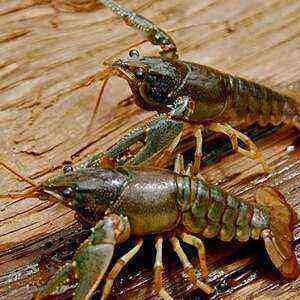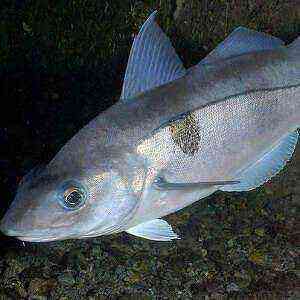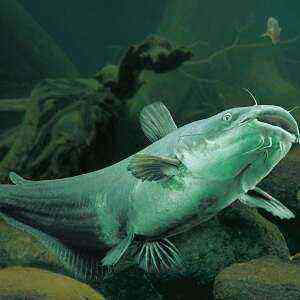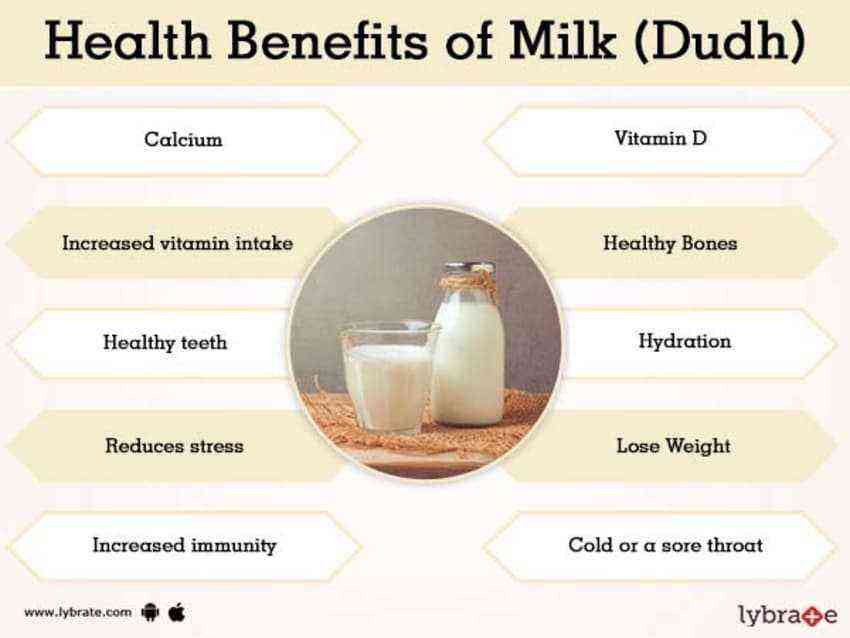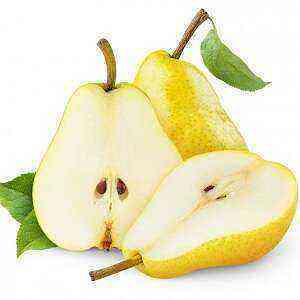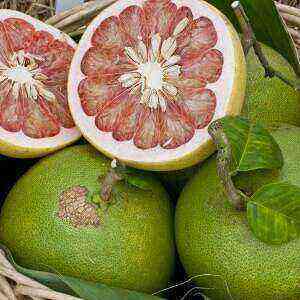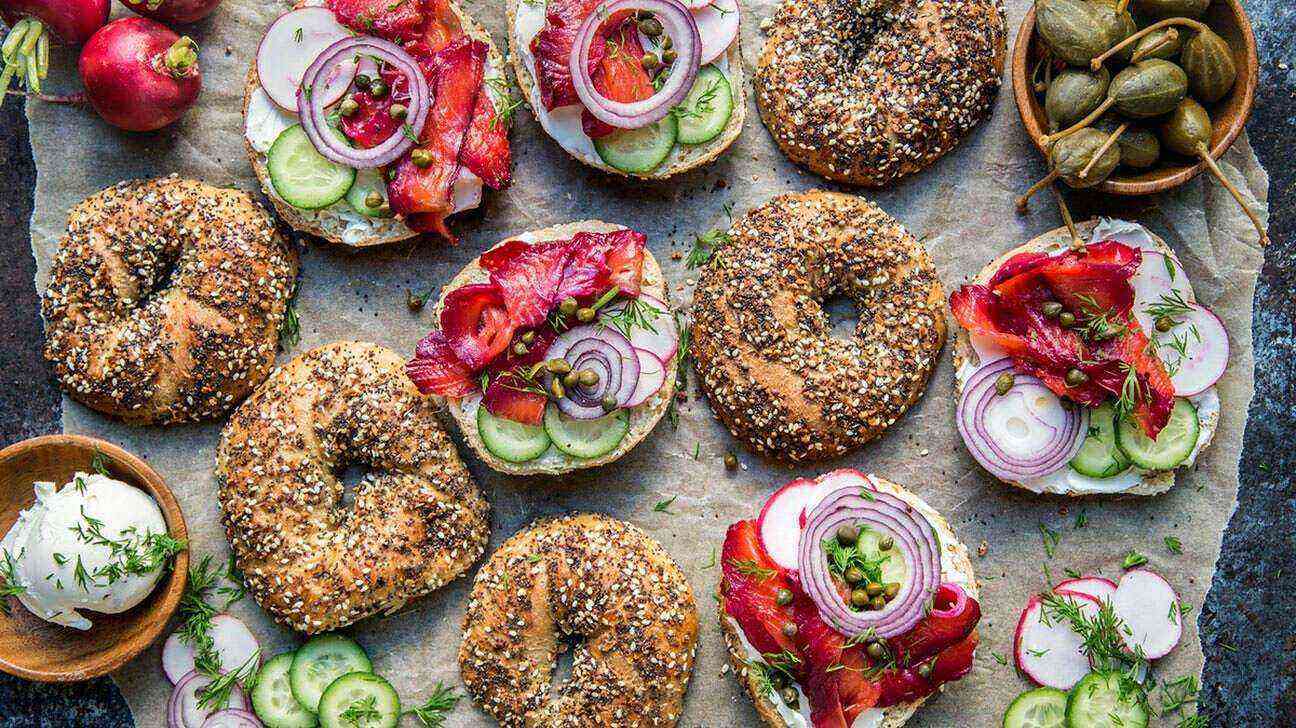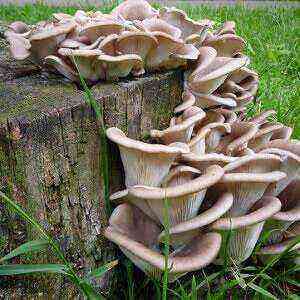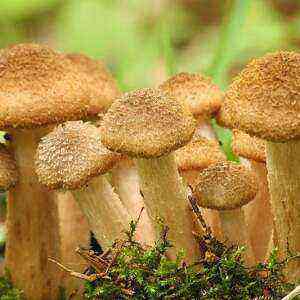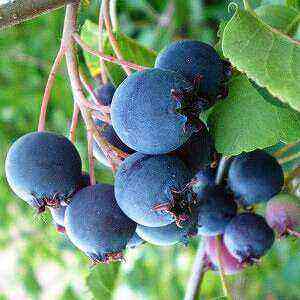
General characteristics of guinea fowls
Guinea fowl is a poultry of the Chicken family. Researchers are aware of the existence of many species of these birds, but Africa and Madagascar are the common homeland for all of them. They first came to Europe during the Punic War (II-III century BC), but disappeared with the fall of the Roman Empire. The ancient Romans, like the Egyptians, considered the meat and eggs of a guinea fowl the food of the rich. For the second time, these birds triumphantly entered the continent in the XNUMXth century thanks to Portuguese merchants. Since then, they have been raised as domestic birds. In many European countries, they are more popular than chickens.
Domesticated guinea fowls are not too different from their wild relatives. These are large birds, ranging in size from 40 to 75 cm, with short rounded wings. Their head and neck are usually naked. The plumage in males and females is usually the same: dark blue with white specks, and purple on the upper part of the breast and neck. Although breeders brought decorative breeds that have a more vibrant plumage. Wild guinea fowl live up to 12 years, the life of domesticated birds is longer.
The whole life of wild guinea fowls takes place on the ground, but they sleep in the trees. Eat grain, insects, herbs, leaves and berries. In the wild, live “clans” on 25 individuals. Guinea fowl are monogamous birds, although domesticated representatives are already polygamous. In the mating season, young birds look for a mate and lay offspring. They also nest on the ground. Having chosen a suitable place in the grass, the female digs a hole in which she lays cream-brown eggs from 6 to 10. During the incubation period (lasts 25 days), the female incubates future offspring, which will stay with parents for no longer than 6 months, and then begin her own adult life.
The way of life of domesticated hens resembles ordinary chickens.
What do guinea fowl eggs look like?
Guinea fowl living in the temperate climatic zone, in mid-April, think about the offspring. It is this time – the period of active egg laying. For a year (from April to late autumn) they lay up to 120 pear-shaped eggs with a brownish, rough shell. They are slightly smaller than chicken, weigh 40-45 g. But the shell is much stronger (about 2,5 times), so that at a temperature of 3-7 degrees Celsius, the product can be stored for several months. They differ from chicken in consistency – protein and yolk in guinea fowls are less watery.
Nutritional characteristics

In the egg category, it is an amazing product with very low cholesterol, which makes it useful for people with cardiovascular problems and high cholesterol. Interestingly, these eggs are suitable for people with allergies. The protein contains many essential amino acids for humans. And also this part of the product has pronounced bactericidal properties, due to which the guinea fowl eggs do not contain Salmonella bacteria.
Another feature of the product is a bright orange yolk, which contains 4 times more carotene and vitamin A than in chicken eggs. In addition, the product is rich in calcium, potassium, iron and phosphorus. It contains vitamins of group B, as well as E and D.
Due to the beneficial chemical composition, doctors advise it to children and adults during the recovery period after protracted illnesses.
Who are useful

As already mentioned, chicken eggs contain very small amounts of cholesterol. This fact allows you to include them in the diet of people with increased risk of developing atherosclerosis or with problems of the cardiovascular system. In addition, potassium and iron also make guinea fowl eggs useful for cardiology patients. These hypoallergenic eggs are allowed for children, pregnant women and women during lactation. They are an excellent alternative for persons with allergies, as well as after abdominal surgeries (as they do not affect the bowels, they do not cause constipation or bloating).
Do not neglect this product to people with diseases of the bones and joints, as well as children during growth: vitamin D, phosphorus and calcium, which are part of the eggs, will protect against rickets, osteoporosis and other disorders in bone tissues.
Useful properties of the shell
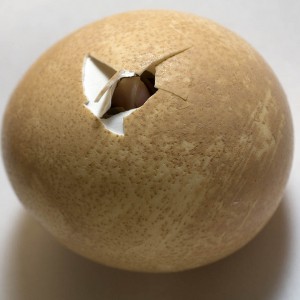
Egg shell powder can be an excellent source of calcium and other minerals. To prepare it, the eggshell should be boiled for 5 minutes, changing the water twice. Dry, grind into powder. Take this remedy on a teaspoon once a day.
Warning
And although the eggs of guinea fowls are considered safe for most people, from the use of the product, it is desirable to refuse people with diseased kidneys or liver.
It is not necessary to give eggs to children immediately after vaccination (during this period, the immune system is weakened, so allergies can occur).
How to cook

Given the bactericidal properties of protein, these eggs can also be eaten raw, without fear of contracting salmonellosis. It is believed that it is in this form (without heat treatment) of guinea fowl eggs that help from a hangover and increase male potency.
Due to the rich color of the yolk, pastry with guinea fowl eggs will be a beautiful yellow color, and smeared with raw protein patties will get an appetizing sheen.
And if you freeze guinea fowl eggs whipped with sugar, you get a dessert that resembles ice cream.
Omelet from guinea fowl eggs
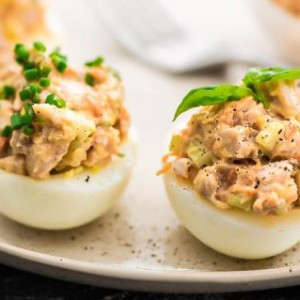
Stuffed eggs
For 5 guinea fowl eggs, you will need approximately 0,5 cans of canned pink salmon, a tablespoon of red caviar, a little mayonnaise, green onion, nutmeg and dill.
Boiled hard-boiled eggs cut in two, remove the yolk and knead with pink and mayonnaise. Add red caviar, greens and nutmeg. Mix gently and stuff the halves of the boiled protein with the mixture.
Benefits in cosmetology
The egg mixture is an effective and time-tested cosmetic. Raw guinea fowl eggs are excellent for making masks for skin and hair.
Egg mass with oatmeal flakes pores well and eliminates shine on oily skin. In combination with yogurt and vitamin E moisturizes the skin, making it smooth and velvety.
For hair, a mixture of yolks and honey is suitable, in which you can add a little oil of burdock or sprouted wheat, as well as a couple of drops of vitamins in liquid form. Such a tool will significantly improve the hair, accelerate their growth.
According to the nutritional characteristics of the eggs the guinea fowl resemble quail. They are also useful and extremely tasty. The only problem is that buying this product is not so easy. Usually almost the only place where you can buy eggs of guinea fowls – farms where these beautiful birds are bred. Either get a couple of beautiful feathered birds on the farm, as they say, and the eye will be pleased and there will always be fresh eggs on the table.
